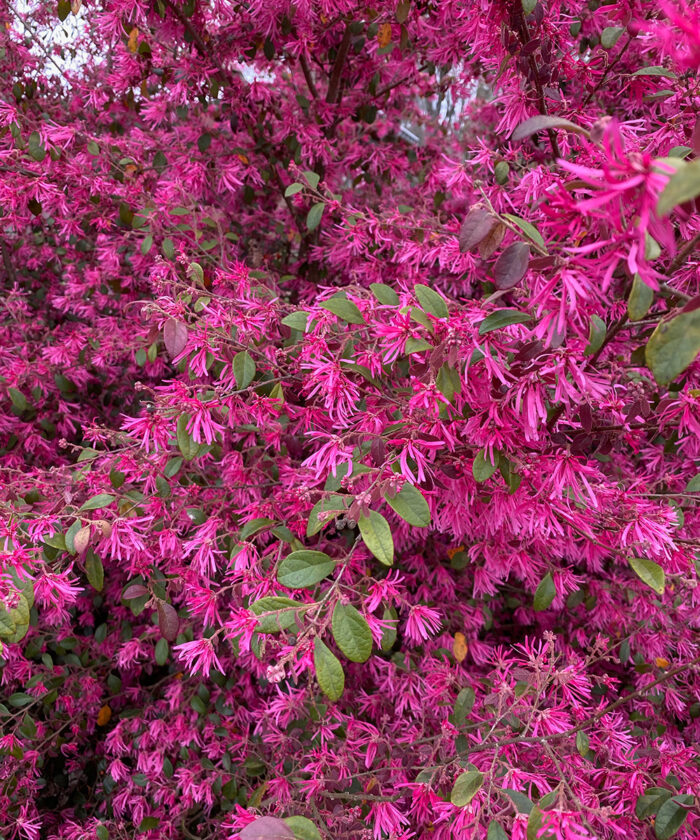
“Fall is for planting” is a mantra many gardeners know. Fall planting of hardy trees and shrubs is typically easier on the plants and on the gardener in the Southeast. When you plant in fall, Mother Nature with her abundant rainfall will often be your caretaker. In some cases, you can walk away until warmer weather. However, some plants, particularly those on the top edge of hardiness, may fair better if planted in spring or shortly after. Additionally, if a plant prefers drier conditions, spring planting is best. If you are trying to figure out if something should only be planted in spring, understanding plant hardiness is key.
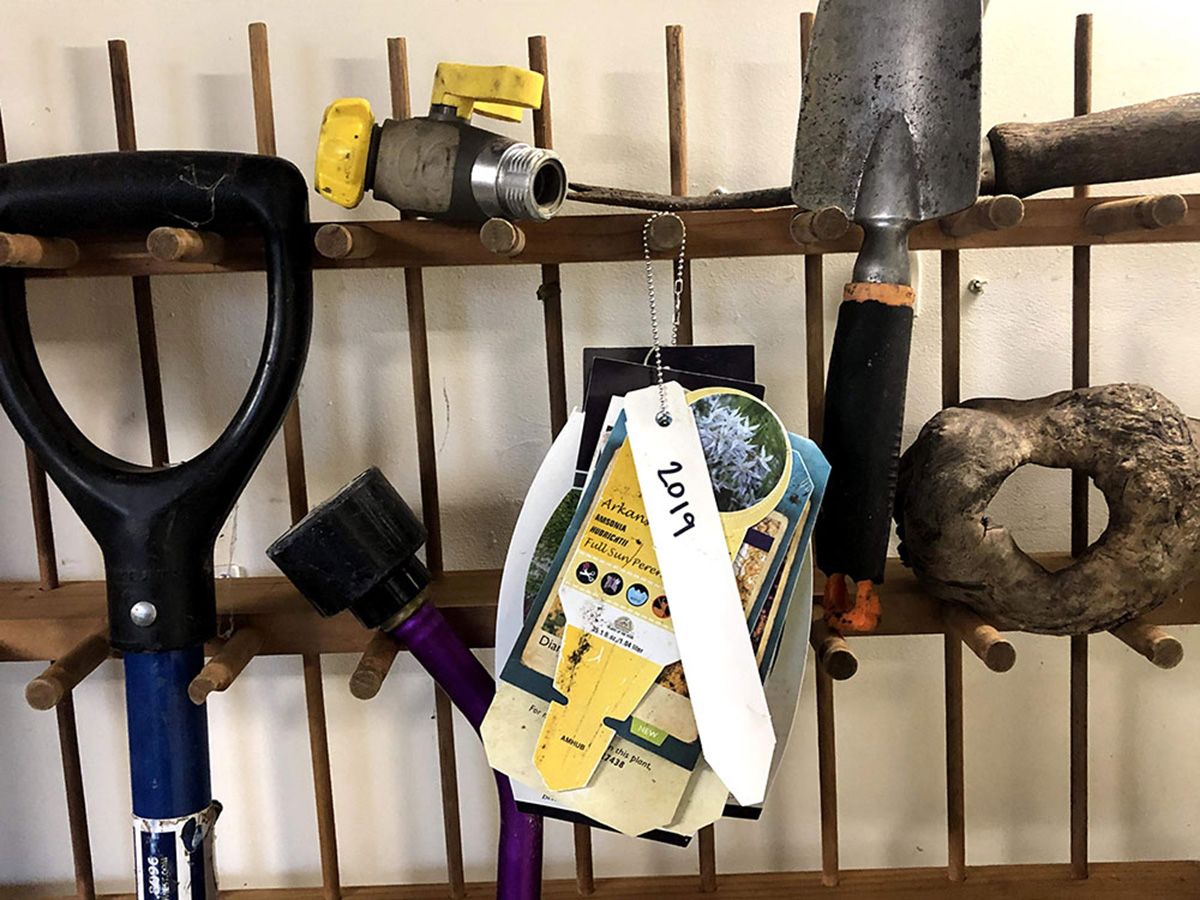
Hardiness zone knowledge
The United States Department of Agriculture (USDA) and the Agriculture Research Service (ARS) have done a great favor for gardeners with the development of a map depicting plant hardiness zones. When you buy a new plant, almost every sales tag lets you know what hardiness zone you can reasonably expect that plant to survive in. For the plant-obsessed gardener, we often want to push the boundaries beyond the confines of our designated hardiness zones. As the saying goes, “Plants don’t read tags.” Until I’ve killed a plant myself, I often consider hardiness zones to just be a suggestion. I don’t consider this approach reckless; if the right plant finds just the right microclimate in your garden, you might surprise yourself with what you can grow. Now I’m not suggesting that someone from western North Carolina try their hand at growing coconut palms (Cocos nucifera, Zones 10–12), but perhaps there is something you have been told you can’t grow that you should try your hand at this spring.
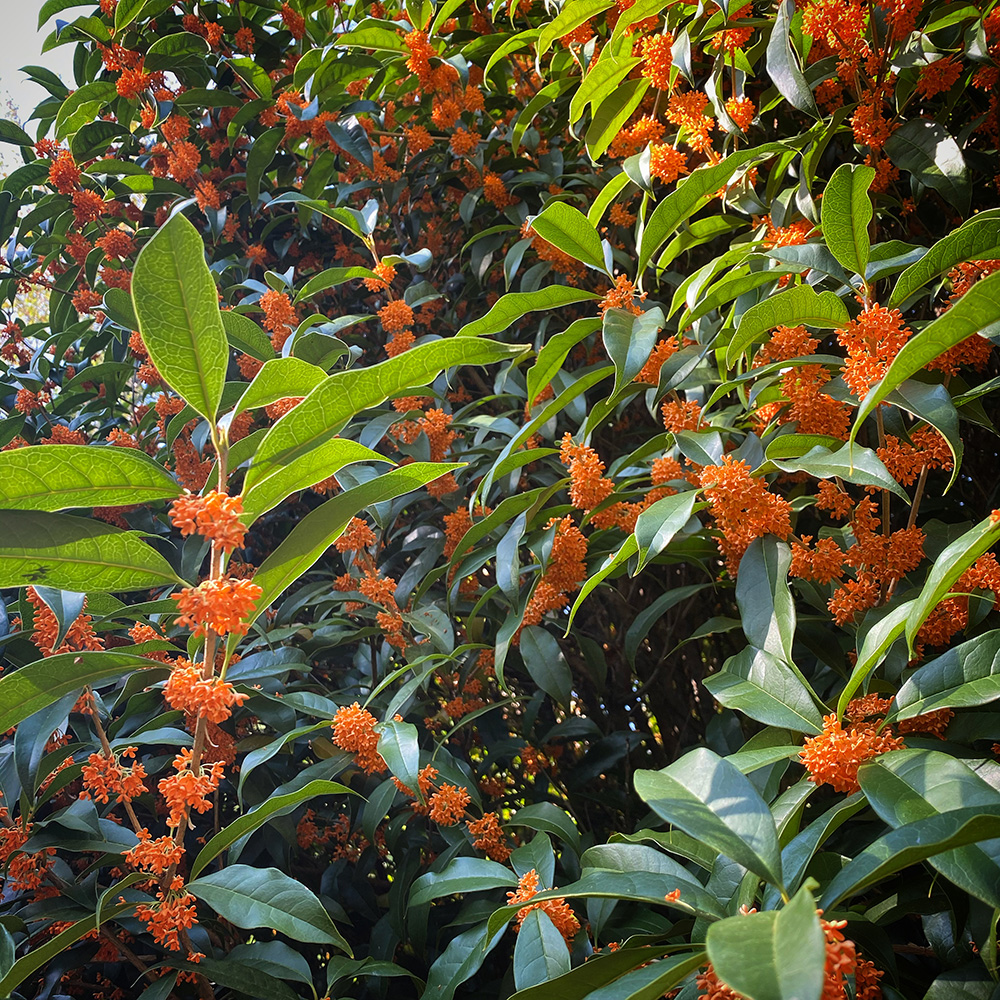
Why spring is best for certain plants
For the purposes of this article, I am using the term “spring planting.” I’m really talking about the window of time after the fear of frost has passed but before the end of June. You could just as easily say “early season planting.” Plants that are on the top edge of hardiness or that like drier conditions will fair much better if they have a longer period of establishment before winter. Of course, I am describing an ideal situation. If it happens to be fall and you have already purchased your plant, it will much prefer being in the ground rather than languishing aboveground in a pot all winter long. A plant sitting aboveground can be up to a full zone less hardy outside when exposed to the elements.
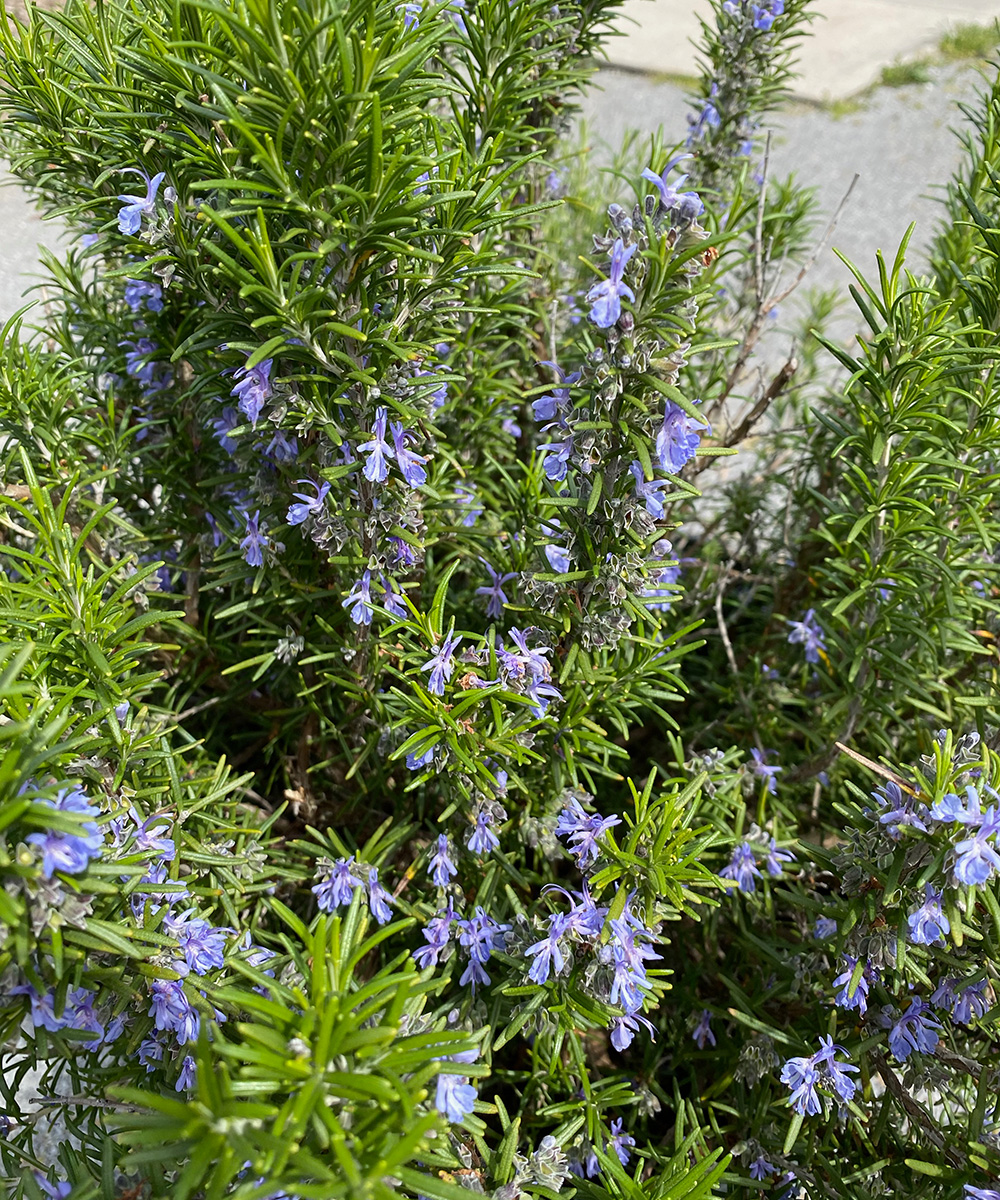
A few key examples
The following is a list of plants that tend to prefer spring or early season planting. Before you add anything to your garden, research the plant to help you understand what conditions it prefers. This plant list is by no means inclusive, but it should give you a good idea of the types of plants that prefer spring planting.
- Chinese fringe flower (Loropetalum chinense, Zones 7–10)
- Distylium (Distylium spp. and cvs., Zones 7–10)
- Edgeworthia (Edgeworthia chrysantha, Zones 7–10)
- Needle palm (Rhapidophyllum hystrix, Zones 7–10)
- Gardenia (Gardenia jasminoides, Zones 7b–11)
- Crape myrtle (Lagerstroemia spp. and cvs., Zones 6–10)
- Indian hawthorn (Rhaphiolepis spp. and cvs., Zones 8–10)
- Camellia (Camellia spp. and cvs., Zones 6–10)
- Japanese aralia (Fatsia japonica, Zones 8–10)
- Cast-iron plant (Aspidistra elatior, Zones 8–10)
- Fragrant tea olive (Osmanthus fragrans, Zones 8–11)
- Fig (Ficus carica, Zones 7–10)
- Century plant (Agave americana, Zones 8–10)
- Lavender (Lavandula spp. and cvs., Zones 4–10)
- Rosemary (Salvia rosmarinus, Zones 8–11)
—Andy Pulte is a faculty member in the plant sciences department at the University of Tennessee.
Fine Gardening Recommended Products

Lee Valley Garden Knife
Fine Gardening receives a commission for items purchased through links on this site, including Amazon Associates and other affiliate advertising programs.

A.M. Leonard Deluxe Soil Knife & Leather Sheath Combo
Fine Gardening receives a commission for items purchased through links on this site, including Amazon Associates and other affiliate advertising programs.

Razor-Back Potato/Refuse Hook
Fine Gardening receives a commission for items purchased through links on this site, including Amazon Associates and other affiliate advertising programs.





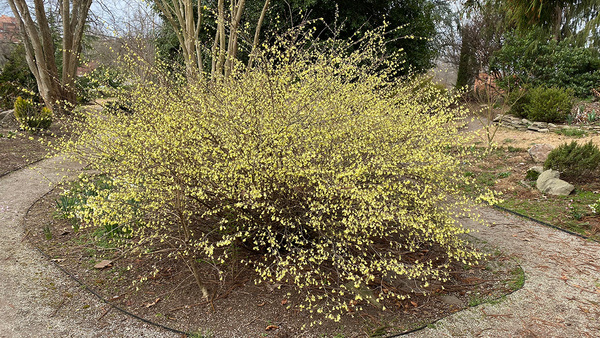













Comments
Log in or create an account to post a comment.
Sign up Log in